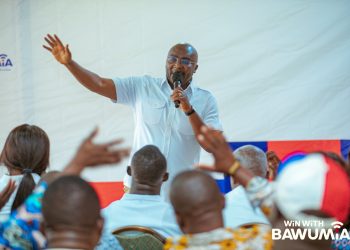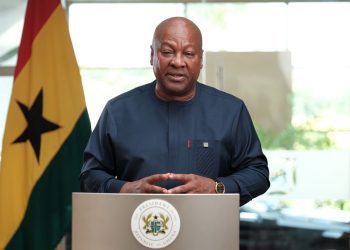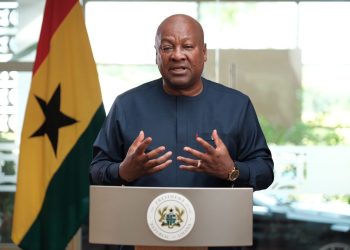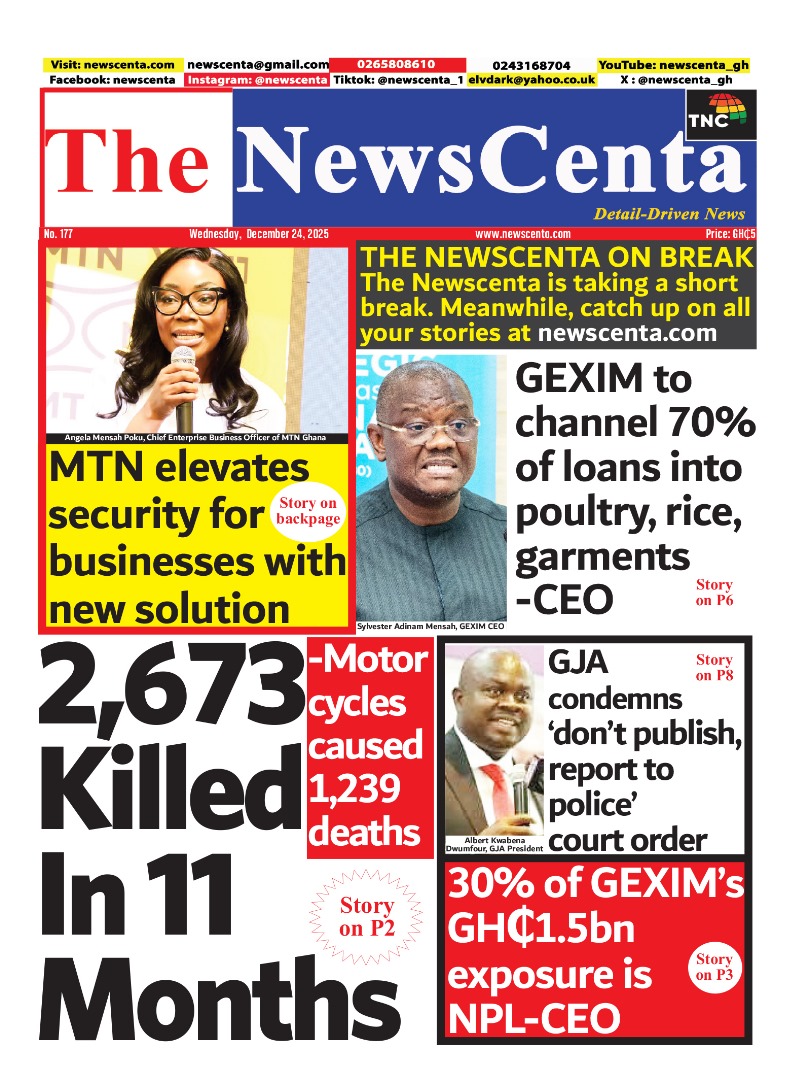Ghana’s Upper West Region, long associated with unfulfilled mining promises, is set to take centre stage again as Engineers & Planners (E&P), one of West Africa’s largest indigenous mining contractors, breathes new life into the dormant Black Volta and Sankofa gold projects.
The acquisition of Azumah Resources Ghana Ltd and Upwest Resources Ghana Ltd—completed with approvals from the Registrar of Companies and the Minerals Commission—represents more than just a corporate transaction.
It is a symbolic moment: a Ghanaian-owned company rising to challenge the dominance of multinational firms in a sector that has historically seen foreign corporations control the country’s most lucrative concessions.
Dormant assets, frustrated hopes
For nearly two decades, the Black Volta and Sankofa concessions were billed as transformative projects for the Upper West Region.
Communities in Wa, Lawra, and Nadowli dreamed of jobs, infrastructure, and opportunities. Successive feasibility studies painted glowing pictures of resource potential.
Yet, capital constraints, shifting investor priorities, and protracted legal disputes stalled progress.
Meanwhile, residents were left waiting, and the state was deprived of potential revenues.
Timing and market opportunity
E&P’s takeover comes at a pivotal moment. Gold prices have surged to historic highs above $3,000 per ounce, driven by global market uncertainties and investor flight to safe-haven assets.
For Ghana, the world’s sixth-largest gold producer, this price rally presents an opportunity to fast-track stalled projects and capture badly needed revenues to support fiscal consolidation under its International Monetary Fund (IMF) programme.
With leases granted as far back as 2014, the Black Volta and Sankofa concessions contain sizeable gold resources that could significantly add to national output if brought into production. For E&P, the timing could hardly be better.
E&P’s strategy for revival
E&P has laid out a three-pronged plan to revive the projects.
Audit historical liabilities
In collaboration with the Ghana Revenue Authority (GRA), the company intends to scrutinise and verify historical loans tied to the projects.
“We will honour all genuine obligations, but they must be properly accounted for and taxed,” an E&P executive said, highlighting the murky financing structures that often characterise Ghana’s extractive sector.
Repay verified debts
Once obligations are validated, E&P has pledged to repay them, ensuring creditors are treated fairly while maximising value for the state.
Deploy funding for mine construction
Most crucially, the company has secured financing to move swiftly into mine development—an ambitious commitment in a sector where raising project capital is notoriously difficult.
“This is a proud moment for E&P and for Ghana,” declared founder Ibrahim Mahama.
“Our commitment is to ensure that these projects, which have been dormant for too long, finally deliver real value to our country and its people.”
Indigenous ownership: A historic shift
The significance of this transaction lies not only in potential gold production, but in who is driving it.
For decades, Ghana’s mining concessions have been controlled primarily by multinationals from Canada, Australia, South Africa, and the UK.
Local participation has largely been limited to service provision, royalties, and minority state stakes.
E&P’s move represents a shift in narrative. Founded in 1997, the company has grown into a heavyweight across West Africa, executing heavy mining and civil engineering contracts for global majors.
But this acquisition is its boldest step yet—transitioning from contractor to owner.
For the government, under pressure to demonstrate that mining can deliver broad-based development, the symbolism is powerful: a Ghanaian company assuming control of world-class assets and aiming to deliver results where foreign firms faltered.
A litmus test for localisation
Analysts say the success or failure of E&P’s venture could redefine the debate around localisation in Ghana’s mining sector.
“If E&P succeeds, it will strengthen the case for indigenous ownership and challenge the status quo of foreign dominance,” a mining policy analyst said.
“But if they struggle to mobilise capital or manage operations, sceptics will say this proves that world-class mining can only be delivered by multinationals.”
The stakes, therefore, extend beyond Wa. Boardrooms from Toronto to Perth will be watching closely, as will policymakers in Accra.
Community expectations and concerns
In Wa and surrounding districts, the announcement has rekindled hope but also caution.
Years of anticipation and broken promises have bred scepticism.
Civil society groups have already urged E&P to prioritise transparent engagement, environmental safeguards, and benefit-sharing.
“We have seen too many projects where the local people remain poor while billions are extracted from beneath their feet,” said one activist. “E&P must prove it will be different.”
For many residents, jobs and infrastructure are the main expectations.
“We want our youth to be employed. We want roads and clinics. If E&P can provide that, people will support them fully,” a local farmer stated.
Govt’s watchful eye
For the Ghanaian government, the transaction offers more than community upliftment.
It provides a potential fiscal boost at a time when budget revenues are strained under IMF conditionalities.
The Ministry of Lands and Natural Resources has welcomed the development, highlighting the potential for new jobs, royalties, and corporate taxes.
The Minerals Commission, meanwhile, has stressed the importance of ensuring compliance with environmental and community development obligations.
“Mining must deliver more than exports,” a senior Minerals Commission official said.
“It must drive development in host communities. That is the standard we will hold E&P to.”
Challenges ahead
While optimism is high, challenges abound. The transition from contractor to mine operator is not trivial.
Unlike civil works, direct ownership requires sustained financing, community relations management, regulatory compliance, and global-standard technical expertise.
E&P must also overcome Ghana’s broader mining challenges: infrastructure gaps, power supply reliability, and ensuring environmental sustainability.
Critically, the company must win the trust of communities long disillusioned by unmet promises.
Transparent communication and visible early investments in social infrastructure will be key.
The bigger picture: Ghana’s mining future
Ghana’s mining sector contributes nearly 40 percent of export earnings but remains characterised by foreign control.
Calls for localisation have grown louder, particularly as the country grapples with debt and seeks to retain more value from its resources.
The Black Volta and Sankofa revival could become a case study in what localisation looks like in practice.
If successful, it could embolden policymakers to push for more Ghanaian ownership of concessions.
Conversely, failure would entrench arguments that global mining is too capital-intensive and complex for local firms to lead.
Waiting for proof in Wa
For now, optimism outweighs scepticism. Communities in Wa, Lawra, and Nadowli are watching closely.
The government is keen to trumpet new investment. Civil society is demanding transparency.
Investors are eyeing how Ghanaian ownership plays out on the ground.
What is clear is that the Azumah-Upwest-E&P transaction is more than a corporate manoeuvre.
It is a test of Ghana’s capacity to localise resource ownership, a test of whether indigenous companies can rise to the scale of multinationals, and a test of whether mining can deliver for both shareholders and communities.
For Engineers & Planners, the message is simple: the time for promises is over. The time for production has come.











